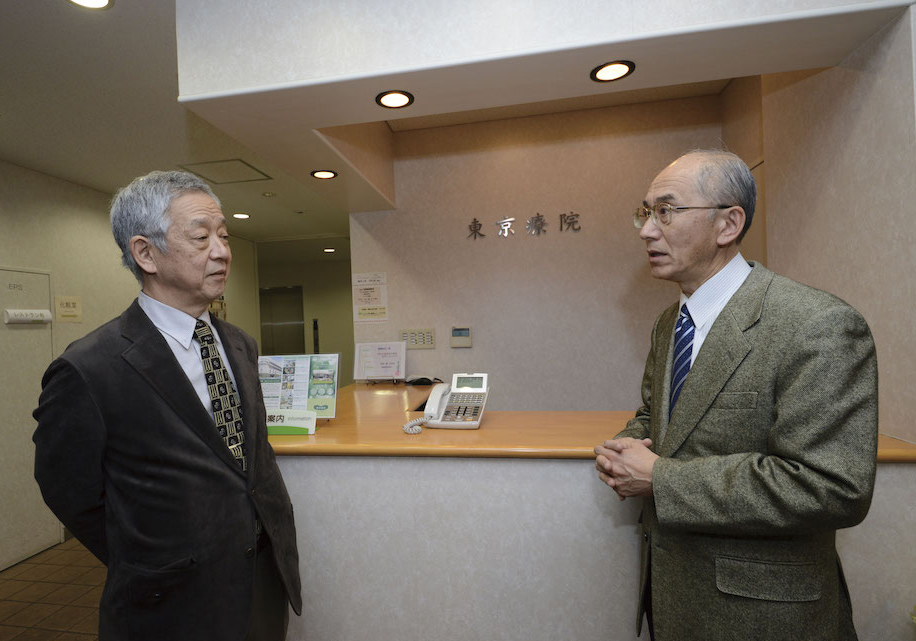Spirituality that attracts attention

Suzuki: When I think about such care and healing, I think that there is almost no care without religion or spirituality. What do you think?
Shimazono: I agree. It was at the time of the Great East Japan Earthquake that it became prominent. People who lost someone they were close to did not want to talk to anyone. Yet, they wanted to share their feelings to others. As we were offering support to such people, our hearts became more open and they were able to share their sadness and pain to us. Many people felt the invisible work, such as feeling close to the existence of the deceased. Those were very spiritual experiences.
At the time of the Great Hanshin-Awaji Earthquake, the importance of mental care was emphasized. However, it remained within the scope of clinical psychology and psychiatry. The spirituality was not so consciously practiced. At the time of the Great East Japan Earthquake, spirituality in care was naturally conscious. Religious culture remains strong in Tohoku, so there may have been such a land pattern. However, I also think the times have changed.
Suzuki: It means that the word and concept of spirituality was accepted obediently.
Shimazono: The WHO (World Health Organization) has begun to consider spiritual elements in their definition of health. Gradually even hospitals began to incorporate spiritual elements in their functional evaluation.
In Western countries, Christianity in particular has a certain place in medical care. Yet, Japan does not. Spirituality has been excluded from medical care, partly because Buddhism has a strong image of being related to after death. But now there is a growing voice that more spirituality should be incorporated into medical care.
Under such circumstances, the Sophia University Grief Care Institute trains clinical religion teachers and spiritual care teachers for staff who provide medical care and other care. The training program was basically introduced from the United States. However, I try to harmonize it well with Japanese culture and Asian traditions. I believe that this attempt will contribute to the world.






